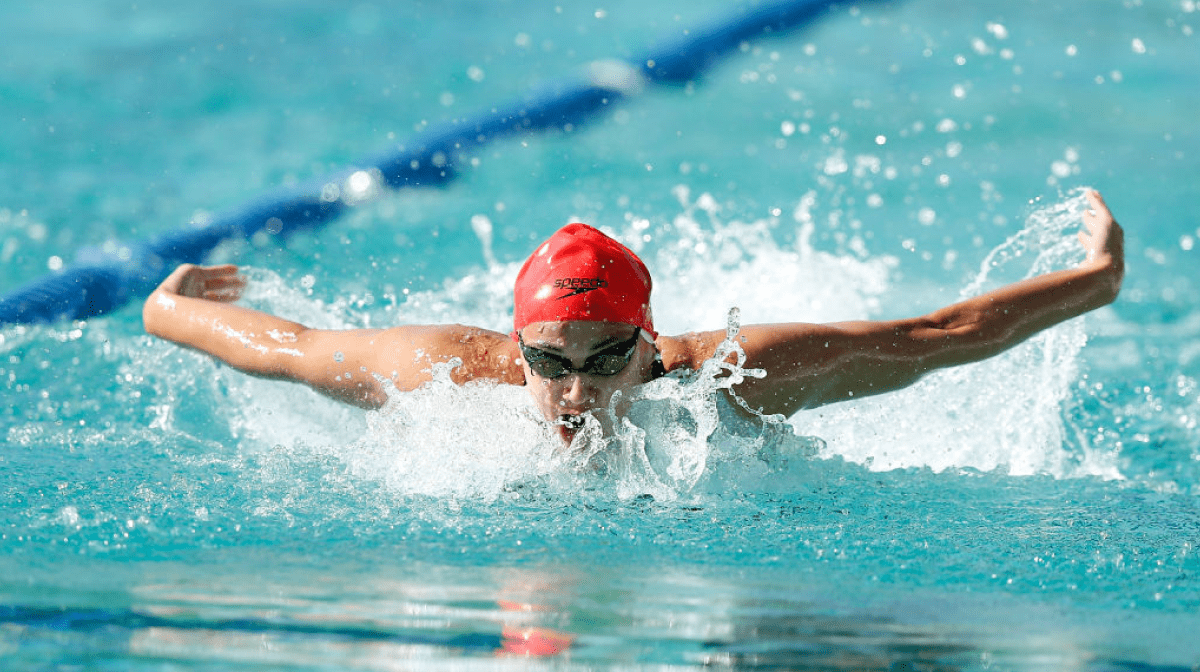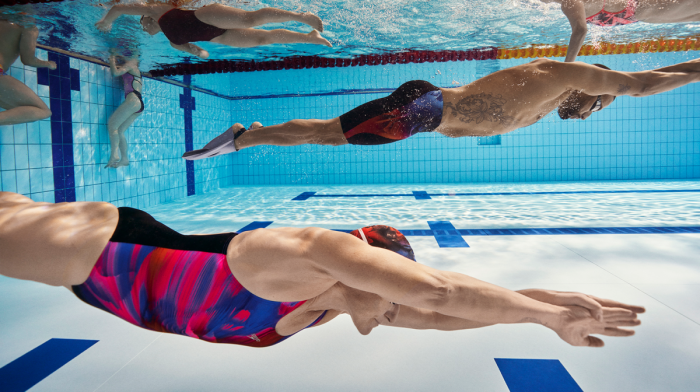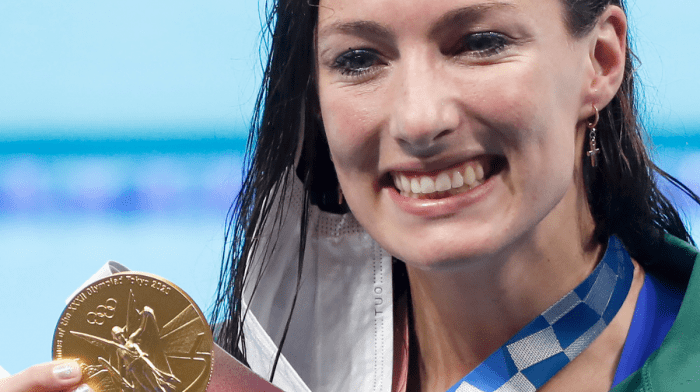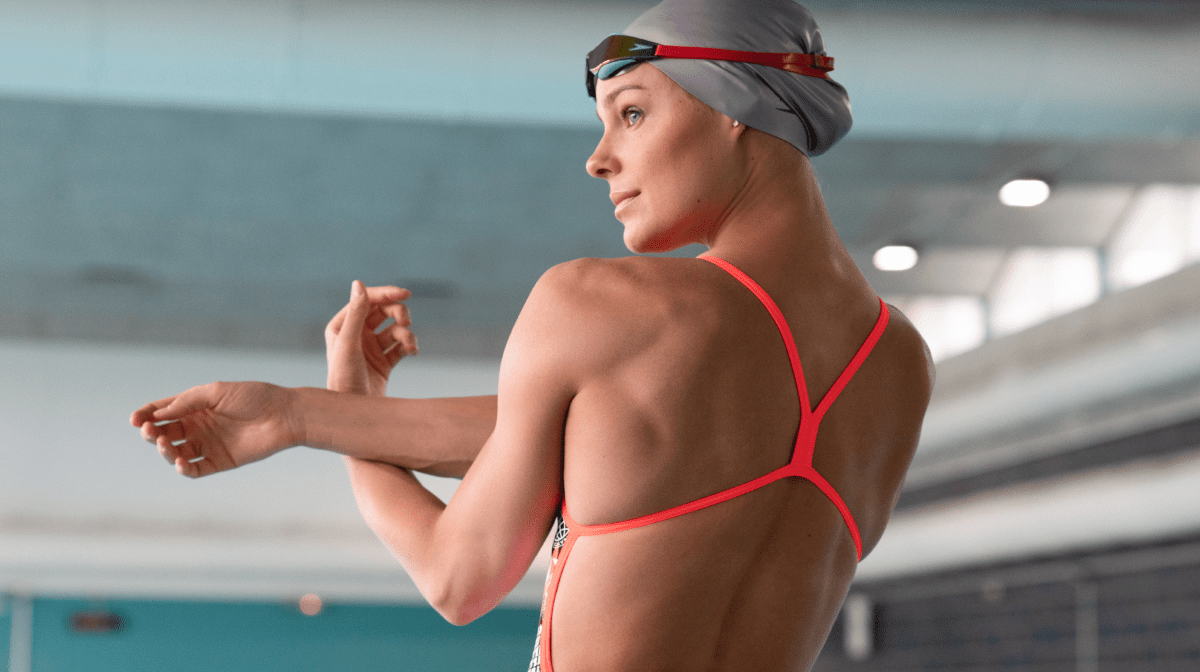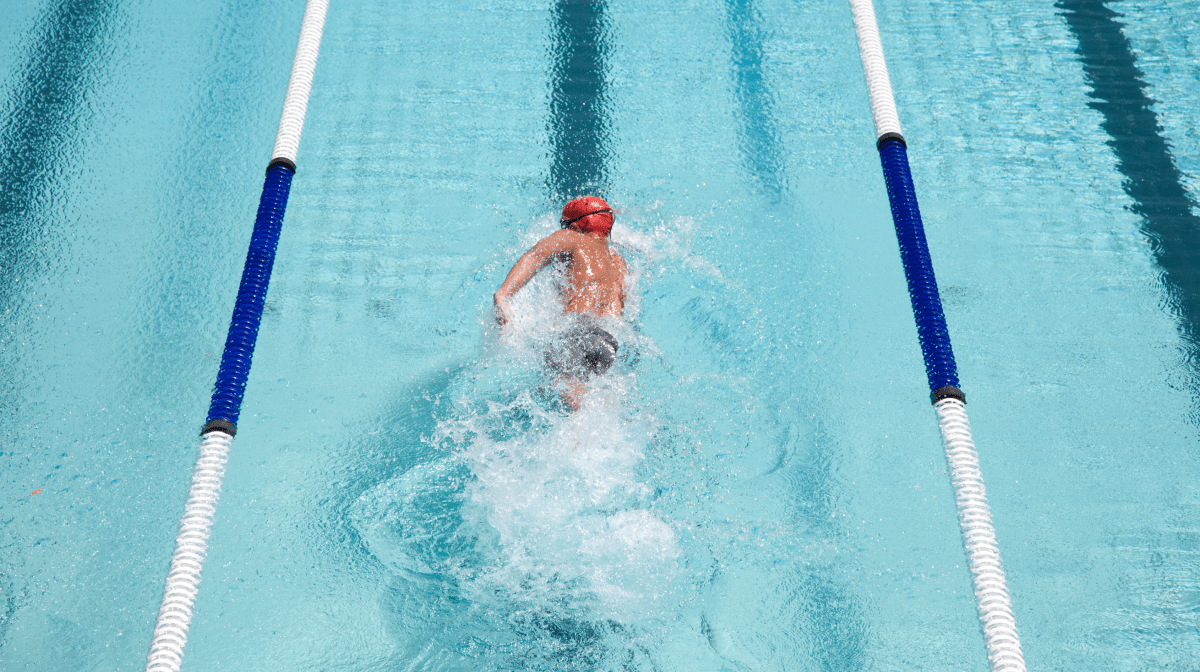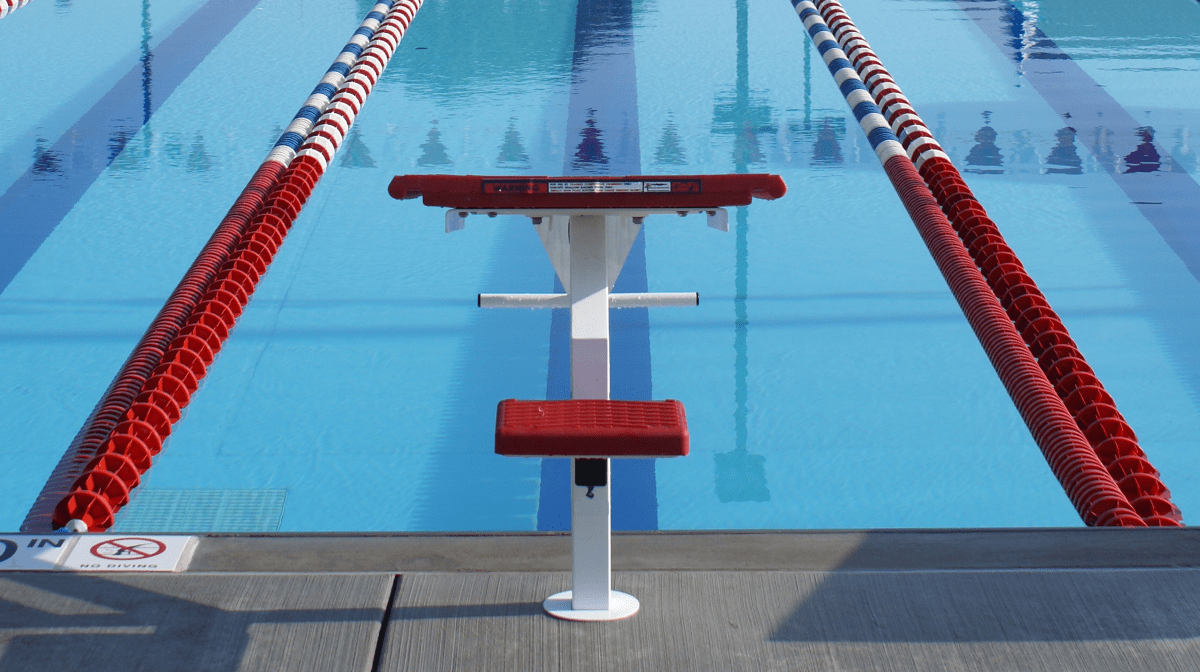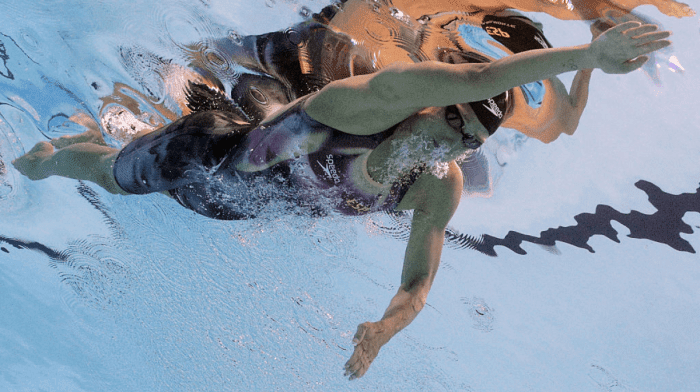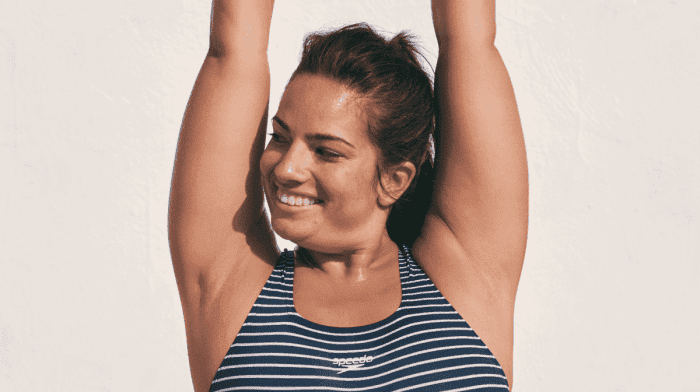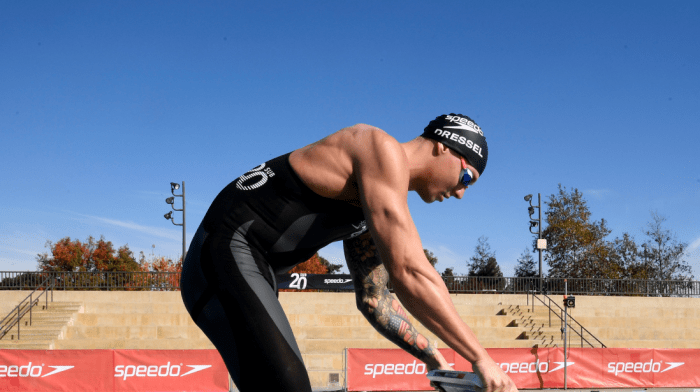If you want to turn heads at the pool, the butterfly, as beautiful as it is powerful, is one sure way to do so. Few people dare to attempt this impressive stroke, but if you stay committed and take heed of some great advice, it’s perfectly within reach.
We spoke with Bram Montgomery, head coach at Chelsea and Westminster Swim Club, on how to master this magnificent stroke.
What’s the movement of the butterfly stroke in a nutshell?
Your body should flow in a continuous up-and-down wave through your chest, hips and feet, like a dolphin. The power comes from the whole body. Most people think it’s the arms that drive the movement, but you should be driving energy from the hips and core, and the arms follow.
What should I aim for with body position?
With all four swimming strokes, the higher your body is in the water, the less drag you create. The best fly swimmers maintain an undulating motion but the depth of their movement is shallow. The key is to create a wave with a small frequency, staying close to the surface of the water.
How can I master the butterfly kick?
Like freestyle [front crawl], the legs should be high in the water with the heels just breaking the surface on the upkick. The feet should stay together, and the ankles loose and flexible.
The kick should be generated from the hips, not the knees. It’s often referred to as the dolphin kick because of the up-and-down movement. That’s what you want to aim for, but make sure you make glutes and hips the centre of the wave motion.
What about the breathing rhythm?
This is the hardest part because timing is so important with butterfly stroke. You should aim to lift your head and take a breath when the hands have just completed the stroke and in the beginning of the recovery phase (lifting over your head).
Your head should be back in the water as the arms end the recovery phase and begin the pull, so it’s a very quick inhalation. Beginners should aim to breathe every two strokes because it’s easy to drop the hips when the head is up, so minimising the times you have to raise your head will stop bad habits forming.
Experienced fly swimmers may breathe every stroke because they’ve learned to keep their head low to the water.
What are the common mistakes?
Most people know butterfly from the defining arm movements, so they focus on that and let their body follow. It should be the other way around.
Focus on the undulating body action and allow the arms to follow naturally.
Secondly, people kick using their feet or knees instead of the hips but this will cause your legs to sink and the upper body to rise so you won’t be streamlined. Finally, the timing of the breath is a common stumbling block because people leave their head up longer than they should, which also affects streamlining.
What drills can I do to get started?
Drill 1: Butterfly kick. First master the kick. Place a pullbuoy between your legs for buoyancy, so you can focus solely on the motion. Have your head in the water and your arms outstretched in front and concentrate on creating an up-and-down wave between your chest, hips and feet.
Drill 2: Single arm butterfly. Performing with one arm will force you to concentrate on body motion instead of arms. Use a pullbuoy to start, and try the full stroke with one arm either by your side or out in front. The second benefit of this drill – see our ladder drill video for more on this – is that when one arm is not in use, it’s hard to bring your head up too high, so it will knock any bad habits on the head early.
Don’t expect miracles when you start a new stroke. If you’re only used to freestyle for instance you might find the kick difficult. But persevere and soon you’ll be creating huge waves at your local pool.
Disclaimer: Always consult with a professional healthcare provider before starting any diet or exercise programme, if you are pregnant or if you are potentially suffering from a medical condition.
Fly Facts
- The butterfly stroke is the newest of the four recognised competitive strokes and is thought to have originated in 1934.
- It was started by a group of breaststroke swimmers who were attempting out-of-the-water arm recoveries and was first performed with breaststroke kick.
- A swimmer named Jack Seig developed the dolphin kick style and it soon caught on.
- The peak speed that butterfliers reach is faster than any other stroke because the pull phase uses both arms and exerts more power. However, it’s offset by the recovery phase, which is slower than freestyle
- Michael Phelps is the most celebrated butterflier of all time, with six Olympic gold medals in individual fly events.
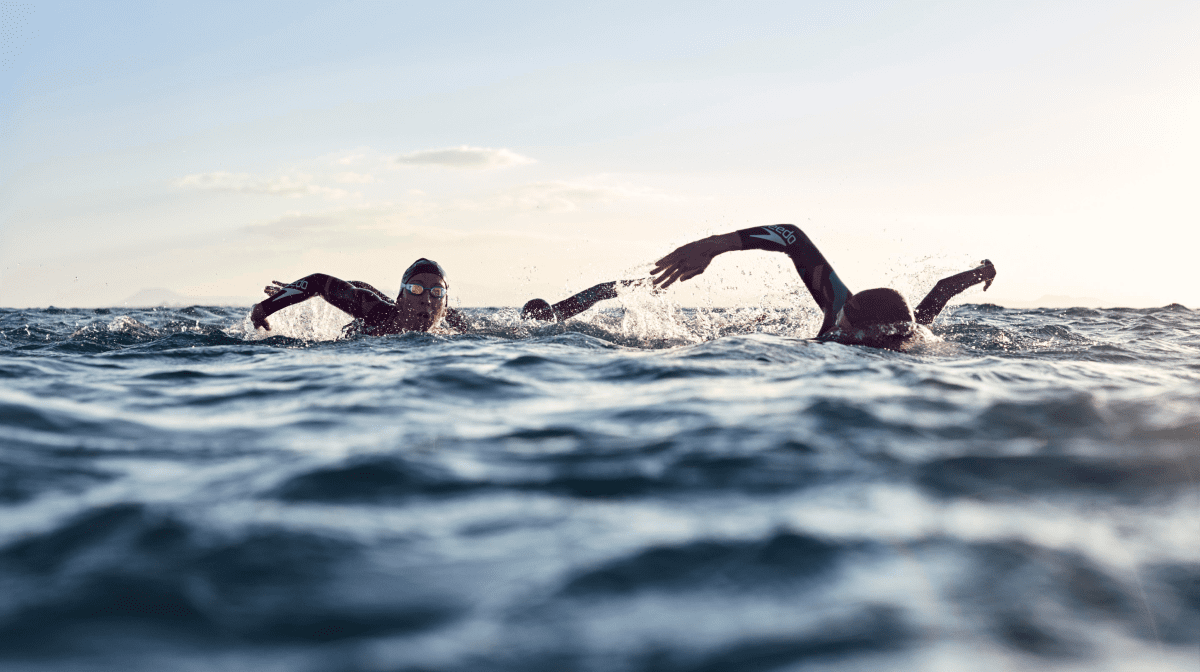
Freestyle Kick Technique For Open Water Swimming
We’ve got all the triathlon coaching tips you need, thanks to open water swimming expert (and tri coach), Dan Bullock.
